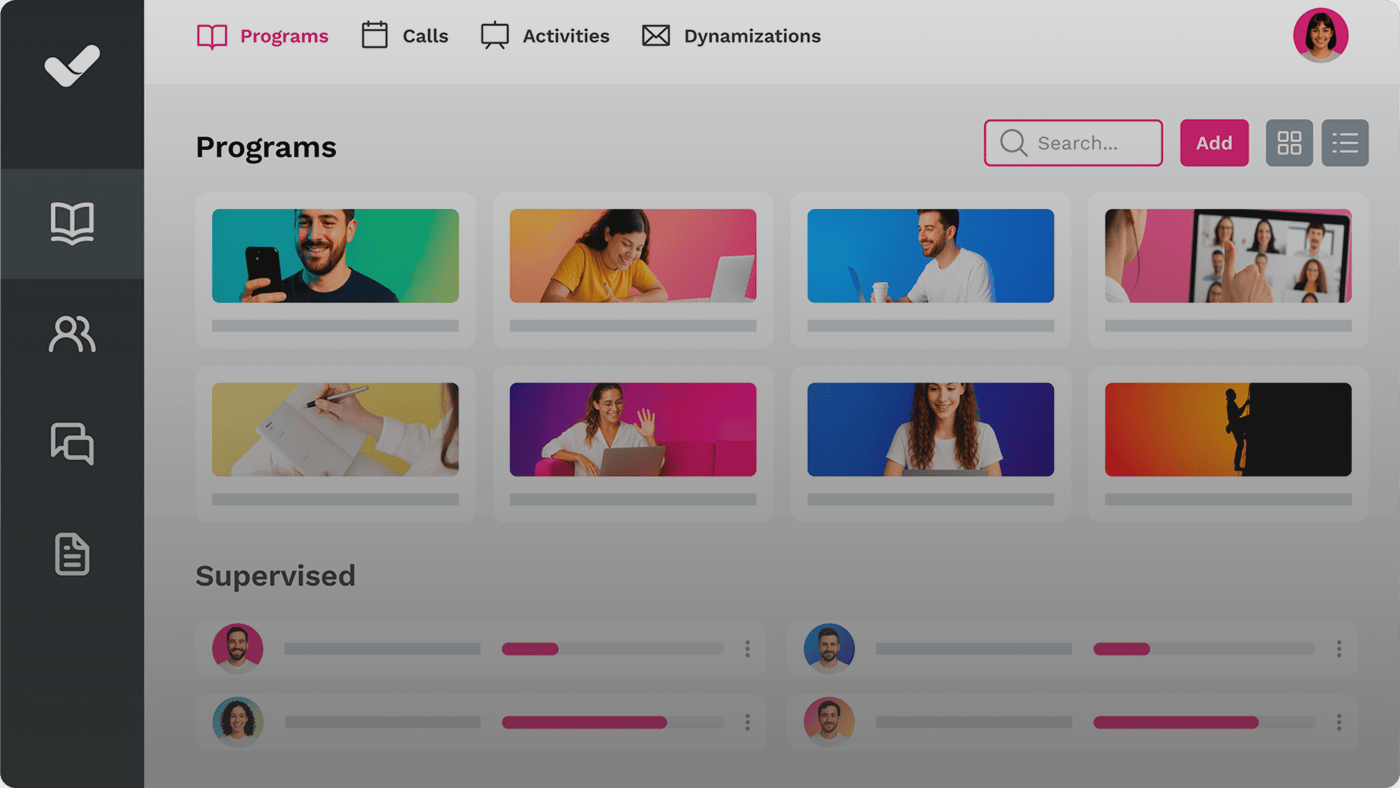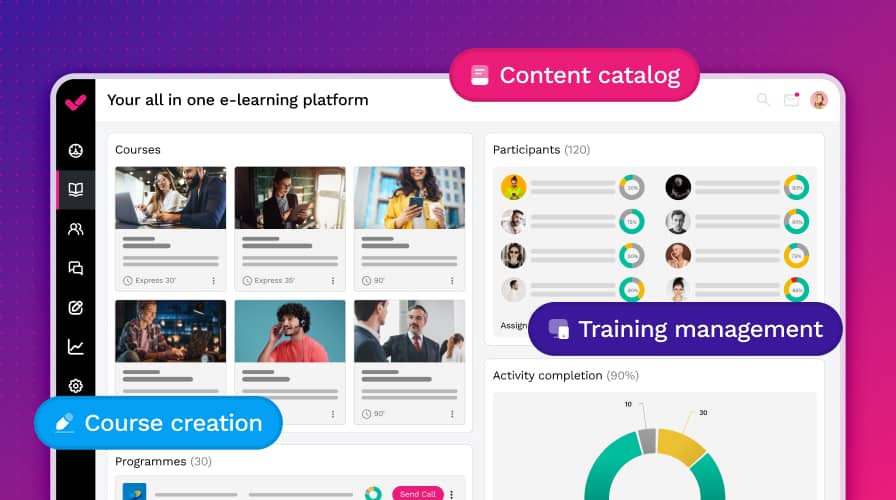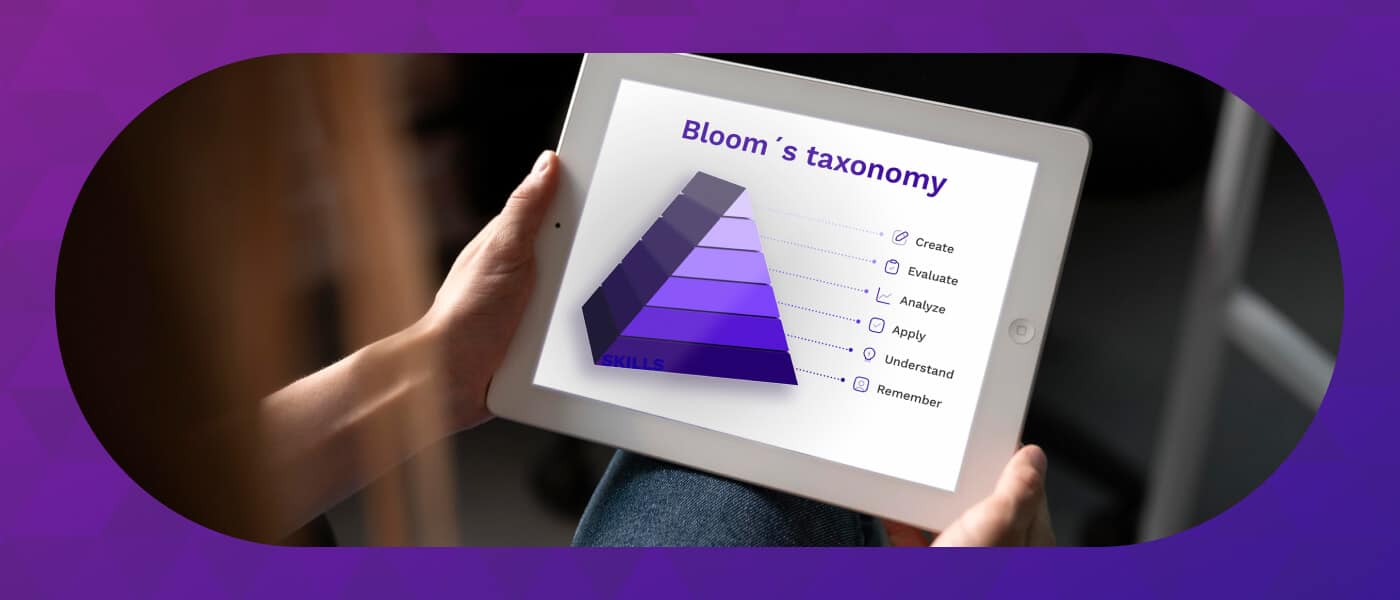
November 20, 2025
L&D Metrics for 2026: A Strategic Guide to Measuring and Maximizing Training Impact
CONTENT CREATED BY:

Table of contents
In today’s competitive business landscape, the importance of measuring employee training impact cannot be overstated. Organizations need to move beyond traditional methods and embrace a data-driven approach to learning and development (L&D). This comprehensive guide to employee training metrics will show you how they can enhance training effectiveness while aligning closely with your business objectives. By the end, you’ll have a solid understanding of essential metrics and how to leverage them effectively using solutions like isEazy LMS.
What are L&D Metrics and why do they matter?
Employee training metrics are quantifiable measures that assess various aspects of a training program. They provide insights into the efficiency, effectiveness, and overall impact of training initiatives. The purpose of these metrics is to evaluate how well training aligns with organizational goals, ensuring that employee development translates into improved performance and productivity.
How L&D Metrics link training to business goals
Metrics play a pivotal role in ensuring that training efforts don’t exist in isolation. By connecting training outcomes to broader business objectives, organizations can justify their investments in training programs. For instance, achieving higher customer satisfaction rates post-training can correlate directly with enhanced employee skills and engagement, ultimately improving overall business performance.
The role of metrics in enhancing employee development
Effective measurement tools can significantly enhance individual employee development. Metrics facilitate personalized learning paths by identifying specific skill gaps and tailoring training experiences to address them. By consistently tracking and analyzing these metrics, organizations can foster a culture of continuous improvement that benefits both employees and the organization.
Key categories of L&D Metrics
To measure training success effectively, it’s crucial to understand the key categories of employee training metrics, which can generally be divided into three main areas: efficiency, effectiveness, and outcomes.
- Efficiency metrics: Tracking participation and costs
Efficiency metrics focus on how training resources are utilized. They inform ways to optimize costs and participation rates. - Effectiveness metrics: Measuring learning and satisfaction
Effectiveness metrics assess how well the training has achieved its instructional goals. This includes gauging overall learner satisfaction and understanding. - Outcome metrics: Assessing business impact and performance
Outcome metrics evaluate the direct impact training has on business results, including productivity increases and performance improvements.
Essential L&D Metrics to track
Here, we explore specific metrics that can help organizations refine their training approaches and maximize return on investment (ROI).
Cost and efficiency metrics
- Training cost per employee: Gauges the cost-effectiveness of training programs, ensuring they deliver value for money.
- Course enrollment and completion rates: Monitoring these rates helps identify engagement levels and training accessibility issues.
- Learner drop-off rate: Understanding why employees drop out of training programs is essential for improving course content and structure.
Engagement and learning effectiveness metrics
- Learner engagement: Measures how actively employees participate in training, providing insights into content effectiveness.
- Training experience satisfaction: Regular feedback indicates areas needing enhancement and helps improve satisfaction.
- Assessment pass rate and scores: Tracking assessment results shows learner success and highlights areas for further development.
- Knowledge retention rate: Shows how much knowledge employees retain post-training and identifies the need for reinforcement.
- Time to competence: Demonstrates how quickly employees can apply their training on the job.
Business and performance outcome metrics
- Training return on investment (ROI): Evaluates if financial investment in training yields measurable gains in performance.
- Operational efficiency: Measures how training influences operational results and alignment with business objectives.
- Employee performance post-training: Assesses improvements after training to evaluate its effectiveness.
- Devices used for training access: Understanding which devices employees use helps optimize delivery methods.
Emerging trends and advanced metrics in L&D for 2026
As technology evolves, so do the possibilities for measuring training impact. Here are some emerging trends and advanced metrics that can reshape the L&D landscape.
1. Boost learning analytics with AI to transform your L&D strategy
LMS platforms are no longer just content delivery tools. Solutions like isEazy LMS are redefining corporate learning by integrating advanced analytics and Artificial Intelligence to generate actionable insights. Its visual dashboard allows you to analyze training progress, engagement, and overall impact across the organization in real time — but that’s just the beginning.
Thanks to its AI-powered recommendation engine, each user is automatically guided to the most relevant content based on their interests, skills, and learning goals, ensuring a truly personalized experience. At the same time, automated learning paths, notifications, and training campaigns streamline management and accelerate talent development.
With isEazy LMS, metrics become more than just numbers — they become strategic tools that enable data-driven decision-making and continuous improvement of training programs, fully aligned with business objectives.

2. Measuring behavioral change and on-the-job application
Beyond knowledge retention, measuring behavioral change and the practical application of skills in the workplace will become increasingly important. Organizations can deploy tools to assess how employees implement learned skills, linking these changes back to training initiatives.
3. Predictive metrics: Forecasting training impact and skill gaps
Predictive analytics can help forecast future training needs based on existing skill gaps and business objectives. This proactive approach allows L&D teams to design training programs that address anticipated challenges, keeping employees competitive in a rapidly changing job market.
How to collect reliable training data
The success of your training program heavily relies on the quality of data collected. Here are effective methods for gathering reliable training data.
Leveraging learning management systems (LMS)
Using a robust LMS like isEazy LMS helps streamline data collection. It simplifies tracking course completions, engagement levels, and learner progress, offering a full view of training effectiveness.
Incorporating manager and performance data
Combining insights from managers and performance reviews strengthens the understanding of training impact. This holistic view helps identify skill gaps relative to business needs.
Aligning L&D Metrics with stakeholder needs
Different stakeholders have varying interests in training metrics. It’s important to align your metrics accordingly.
- Tailoring metrics for senior leaders and executives
Executives need a clear picture of ROI and business correlation. High-level summaries linking training investments to measurable improvements are key. - Operational metrics for program managers and learning heads
Learning leaders require detailed data to oversee effectiveness and identify issues. Metrics on course performance and learner progress guide improvements. - Engaging learners with relevant and transparent data
Sharing learner progress metrics fosters motivation and accountability toward individual development goals.
Driving continuous improvement and ROI with training metrics
Metrics drive continuous improvement. Here’s how:
- Using metrics to refine and adapt training programs
Analyzing metrics regularly enables ongoing optimization and relevance in training content and design. - Building a data-driven learning culture
A data-driven culture promotes transparency, collaboration, and continuous learning improvement. - Demonstrating the value of training to secure ongoing investment
Presenting clear, data-backed results of training initiatives helps secure future investment and long-term commitment.
Unlock your potential with L&D Metrics
Employee training metrics empower organizations to make informed decisions about training investments. By accurately measuring effectiveness, businesses can align learning initiatives with strategic goals and maximize impact.
As companies like isEazy continue innovating in e-learning, integrating well-defined metrics ensures that training develops talent and drives performance. Embrace these insights, leverage advanced tools, and make employee training metrics a key part of your L&D strategy.
Ready to transform your corporate training? Request a demo to explore how isEazy’s solutions can elevate your employee development initiatives today!
FAQs on L&D metrics for 2026
What are L&D metrics, and why are they important for my organization?
L&D (Learning and Development) metrics are quantifiable indicators that measure different aspects of your training programs—such as efficiency, learner engagement, knowledge retention, and business outcomes. They are essential because they help organizations align training initiatives with strategic goals, ensuring that employee development directly contributes to performance improvement and ROI.
How can I link training outcomes to business objectives using metrics?
You can connect training outcomes to business goals by tracking metrics such as employee performance improvements, customer satisfaction post-training, and operational efficiency. These data points help demonstrate how skill development leads to tangible business results and justify the investment in training programs.
Which metrics should I prioritize when evaluating the effectiveness of a training program?
Key metrics to prioritize include:
- Assessment pass rates and scores
- Knowledge retention rate
- Learner engagement
- Time to competence
- Training ROI
Together, these metrics offer a balanced view of both learning success and its impact on performance.
What tools or platforms help collect reliable L&D data?
Modern Learning Management Systems (LMS) like isEazy LMS are designed to collect and analyze training data efficiently. They offer features like real-time progress tracking, integrated dashboards, automated learning paths, and engagement analytics, giving L&D teams a comprehensive overview of learner performance and program effectiveness.
How can predictive analytics improve our training strategy for 2026 and beyond?
Predictive analytics can forecast future training needs by analyzing current skill gaps, learner behavior, and business trends. This proactive approach allows L&D teams to design targeted training programs that prepare employees for upcoming challenges, ensuring your workforce stays competitive in a rapidly changing market.
Ready to see real results?
Optimize your team’s training with isEazy LMS and reach new performance heights
Request a demoTry it free

Related articles












